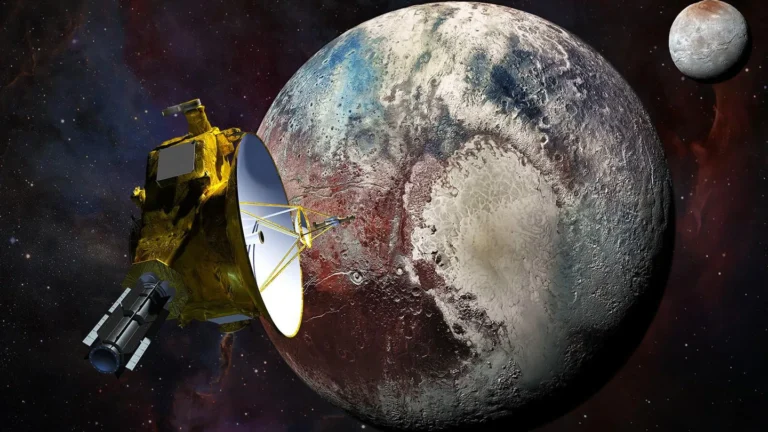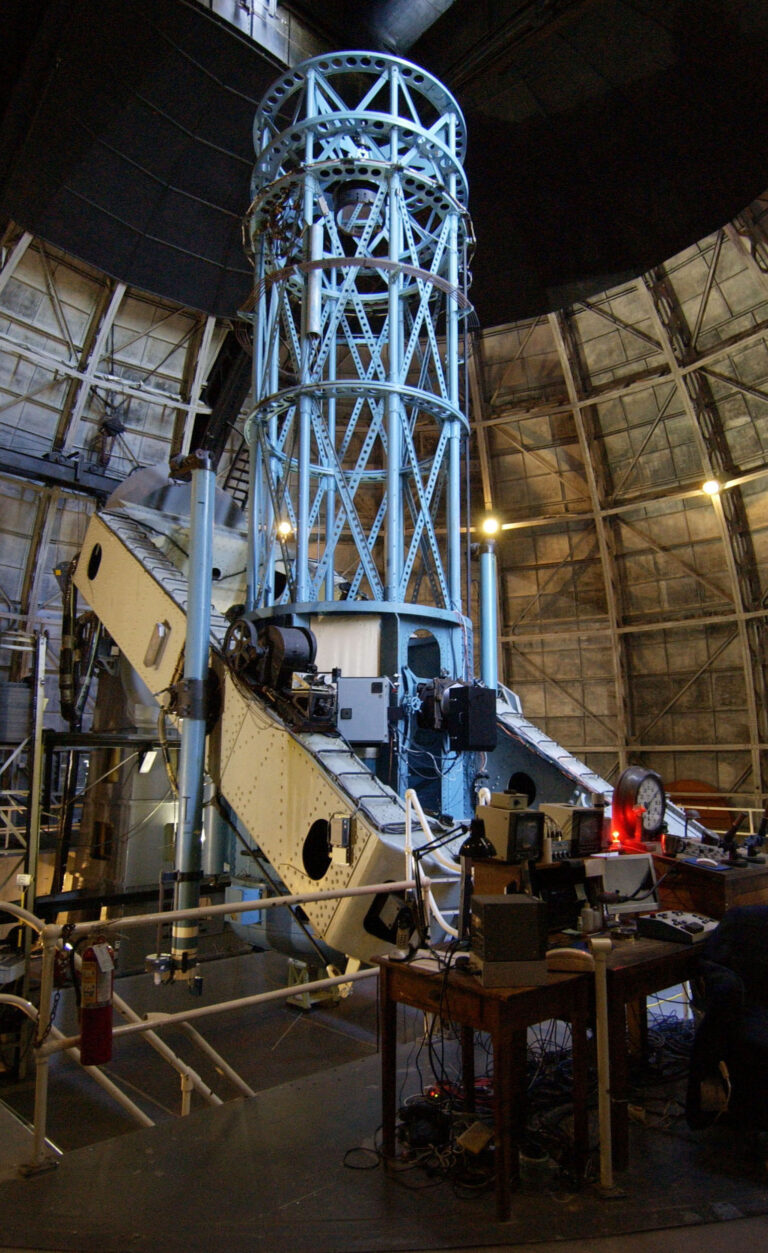
Key Takeaways:
- The Mars Global Surveyor (MGS) launched on November 7, 1996, entering Mars orbit on September 12, 1997, with the primary objective of comprehensively studying the planet's atmosphere, interior, and surface.
- Over its nine-year operational period, significantly exceeding its two-year planned mission, MGS documented Mars' geological dynamism, analyzed its water history, tracked polar ice movements, and studied its topography and weather.
- MGS amassed nearly 200,000 images, surpassing the combined photographic output of all preceding Mars missions, and played a crucial role in informing the planning of future Red Planet rover missions.
- The mission officially concluded on November 14, 2006, following communication difficulties reported on November 2 and subsequent signal loss, attributed by NASA to a battery failure leading to a computer error.
Designed to study Mars in a comprehensive way, examining its atmosphere, its interior, and its surface, the Mars Global Surveyor (MGS) launched Nov. 7, 1996. By Sept. 12, 1997, it would reach Mars and slip into orbit around the Red Planet. Over the next nine years, it revealed an evolving world of ongoing geological dynamism, analyzed the history of water on Mars, tracked the movements of ice at its poles, and analyzed its topography and weather. With nearly 200,000 photos captured, MGS supplied more images of Mars than all the missions before it – combined. It also helped NASA plan for future rover missions to the Red Planet.
MGS substantially exceeded its two-year mission, but on Nov. 2, 2006, the orbiter signaled to NASA that it was experiencing difficulties with its solar panels. Two days without communication followed. On Nov. 5, more signals were sent, and then MGS went silent. The mission officially ended on Nov. 14, with NASA concluding a battery failure had caused a computer error that closed out MGS’s tour.









